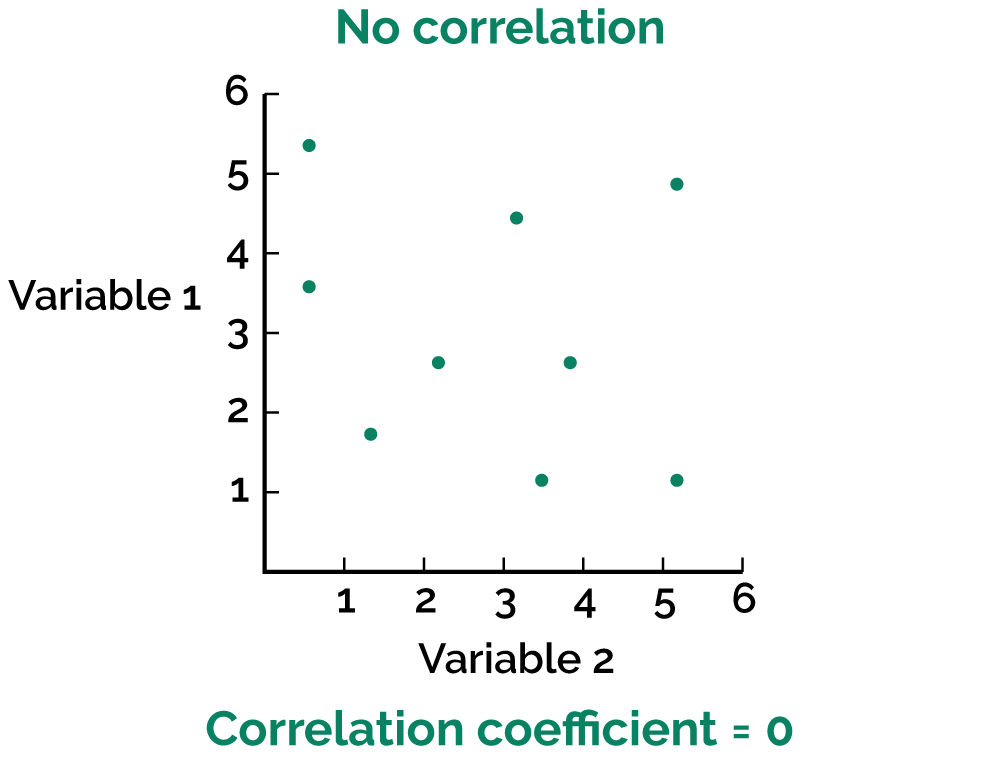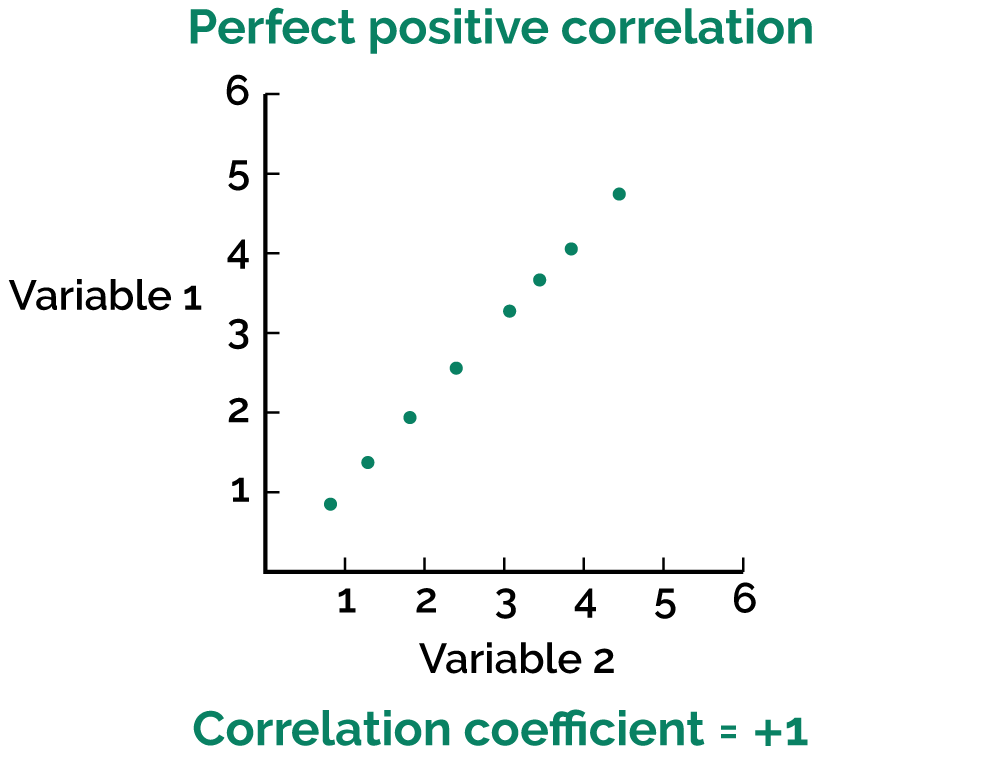Psychologists use many different methods for conducting research. Each method has advantages and disadvantages that make it suitable for certain situations and unsuitable for others.
Descriptive or Correlational Research Methods
Case studies, surveys, naturalistic observation, and laboratory observation are examples of descriptive or correlational research methods. Using these methods, researchers can describe different events, experiences, or behaviors and look for links between them. However, these methods do not enable researchers to determine causes of behavior.
Remember: Correlation is not the same as causation. Two factors may be related without one causing the other to occur. Often, a third factor explains the correlation.
Example: A psychologist uses the survey method to study the relationship between balding and length of marriage. He finds that length of marriage correlates with baldness. However, he can’t infer from this that being bald causes people to stay married longer. Instead, a third factor explains the correlation: both balding and long marriages are associated with old age.
Measuring Correlation
A correlation coefficient measures the strength of the relationship between two variables. A correlation coefficient is always a number between –1 and +1. The sign (+ or –) of a correlation coefficient indicates the nature of the relationship between the variables.
A positive correlation (+) means that as one variable increases, the other does too.
Example: The more years of education a person receives, the higher his or her yearly income is.
A negative correlation (–) means that when one variable increases, the other one decreases.
Example: The more hours a high school student works at a job during the week, the fewer A’s he or she gets in class.
The higher the correlation coefficient, the stronger the correlation. A +0.9 or a –0.9 indicates a very strong correlation; a +0.1 or a –0.1 indicates a very weak correlation. A correlation of 0 means that no relationship exists between two variables.



Case Studies
In a case study, a researcher studies an individual in depth. The researcher collects data about the individual through interviews, direct observation, psychological testing, or examination of documents and records about the individual.
Surveys
A survey is a way of getting information about a specific type of behavior, experience, or event. When using this method, researchers give people questionnaires or interview them to obtain information.
When participants fill out surveys about themselves, the data is called self-report data. Self-report data can be misleading because participants may do any of the following:
- Lie intentionally
- Give answers based on wishful thinking rather than the truth
- Fail to understand the questions the survey asks
- Forget parts of the experience they need to describe
Naturalistic Observation
When using naturalistic observation, researchers collect information about participants by observing them unobtrusively, without interfering with them in any way. Researchers create a record of events and note relationships among those events. With naturalistic observation, researchers face the challenge of getting a clear view of events without becoming noticeable to the participants.
Laboratory Observation
As the name implies, researchers perform laboratory observation in a laboratory rather than in a natural setting. In laboratory observation, researchers can use sophisticated equipment to measure and record participants’ behavior. They can use one-way mirrors or hidden recording devices to observe participants more freely while remaining hidden themselves. Unlike observation in a natural setting, laboratory observation offers researchers some degree of control over the environment.
Psychological Tests
Researchers use psychological tests to collect information about personality traits, emotional states, aptitudes, interests, abilities, values, or behaviors. Researchers usually standardize these tests, which means they create uniform procedures for giving and scoring them. When scoring a test, researchers often compare participants’ scores to norms, which are established standards of performance on a test. A well-constructed standardized test can evaluate participants better than self-report data.
Reliability
A test has good reliability if it produces the same result when researchers administer it to the same group of people at different times. Researchers determine a test’s test-retest reliability by giving the test to a group of people and then giving the test again to the same group of people at a later time. A reliable test will produce approximately the same results on both occasions.
Psychologists also use alternate-forms reliability to determine a test’s reliability. They measure alternate-forms reliability by giving one version of a test to a group of people and then giving another version of the same test to the same group of people. A reliable test will produce roughly the same results no matter which version of the test is used.
Validity
A test is valid if it actually measures the quality it claims to measure. There are two types of validity:
Content validity is a test’s ability to measure all the important aspects of the characteristic being measured. An intelligence test wouldn’t have good content validity if it measured only verbal intelligence, since nonverbal intelligence is an important part of overall intelligence.
Criterion validity is fulfilled when a test not only measures a trait but also predicts another criterion of that trait. For example, one criterion of scholastic aptitude is academic performance in college. A scholastic aptitude test would have good criterion validity if it could predict college grade point averages.
Overview of Research Methods
This table summaries the advantages and disadvantages of the various methods of research discussed in this section, as well as for experiments, which are discussed in the next section.
|
Research Method |
Advantages |
Disadvatages |
|
Survey |
Yields a lot of information. Provides a good way to generate hypotheses. Can provide information about many people since it’s cheap and easy to do. |
Relies on self-report data, which can be misleading. Doesn’t allow conclusions about cause-and-effect relationships. |
|
Case Study |
Provides a good way to generate hypotheses. Yields data that other methods can’t provide. |
Sometimes gives incomplete information. Sometimes relies only on self-report data, which can be misleading. Can be subjective and thus may yield biased results. Doesn’t allow conclusions about cause-and-effect relationships. |
| Naturalistic Observation
|
Can be useful for generating hypotheses. Provides information about behavior in a natural environment. |
Sometimes yields biased results. May be difficult to do unobtrusively. Doesn’t allow conclusions about cause-and-effect relationships. |
|
Laboratory Observations |
Enables use of sophisticated equipment for measuring and recording behavior. Can be useful for generating hypotheses. |
Sometimes yields biased results. Carries the risk that observed behavior is different from natural behavior. Doesn’t allow conclusions about cause-and-effect relationships. |
|
Test |
Gives information about characteristics such as personality traits, emotional states, aptitudes, interests, abilities, values, and behaviors. Requires good reliability and validity before it can be used. |
Doesn’t allow conclusions about cause-and-effect relationships. |
| Experiment |
Identifies cause-and-effect relationships. Distinguishes between placebo effects and real effects of a treatment or drug. |
Can be artificial, so results may not generalize to real-world situations. |













